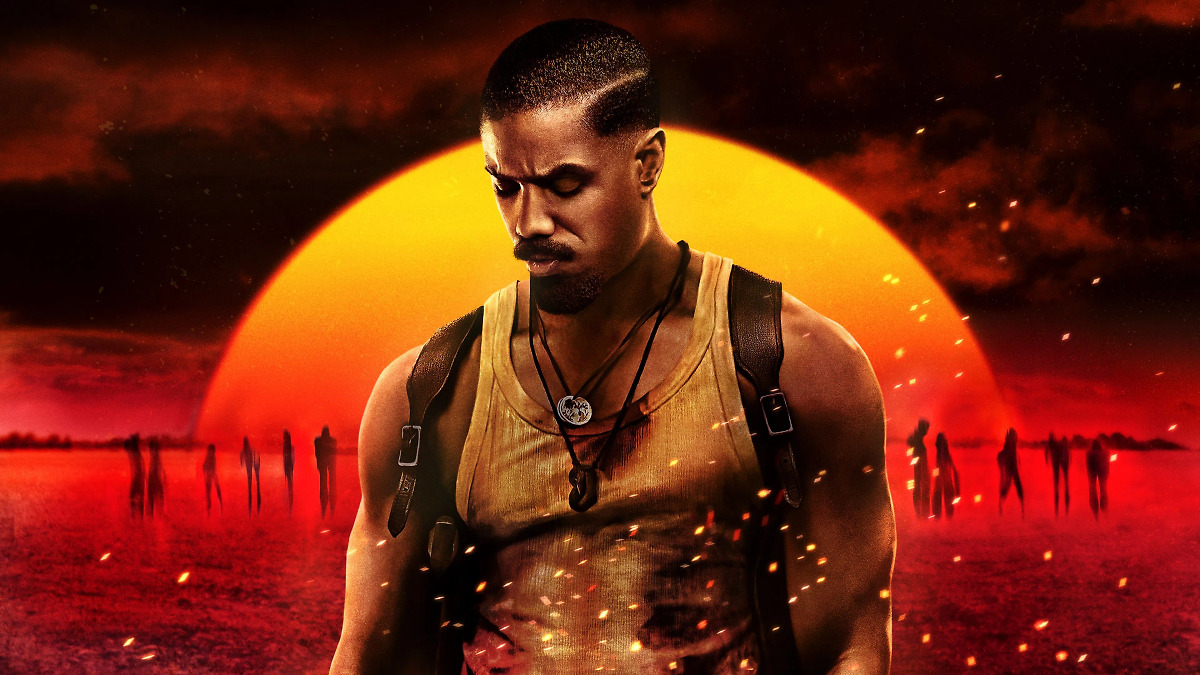- Craft and Spirit
- Posts
- The Art of Centers
The Art of Centers
Thinking, Feeling, Will: Where Does Your Character Lead From?
CURIOSITIES
Found & Fascinating
CRAFT AND SPIRIT
The Art of Centers

Asteroid City - Wes Anderson
Imagine an ice cube at the center of your back. How does your body react to that image?
Now picture a balloon tied to the crown of your head. What changes in your posture?
Now imagine a toothpick under your big toenail—and now, you’re kicking a wall… Sorry...
But you felt something, or I imagine you felt something. Whether it was discomfort, tension, lightness, or dread—your body reacted. That’s the power of the imagination. And in Michael Chekhov’s technique, imagination isn’t just encouraged — it’s central. It’s the engine that drives transformation.
One of the tools in Chekhov’s work is the concept of the three centers: the Thinking Center, the Feeling Center, and the Will Center. These refer to three general regions of the body that correspond to how a character (or person) leads in space — mentally, emotionally, or physically.
The Thinking Center corresponds to the head and intellect.
The Feeling Center is found in the chest and arms — the expressive, relational part.
The Will Center lives in the hips, legs, and feet — the body’s engine of action and direction.
This isn’t just theoretical. These centers show up in daily life, if you’re paying attention. Watch the person in front of you at a coffee shop: are they checking their watch obsessively, fidgeting, darting around? Probably a Thinking type. Someone lingering to chat with the barista? Feeling Center. Someone who storms in, grabs their drink, and powers out with urgency? You’re likely looking at the Will.
Chekhov invites us to approach character creation through embodied imagination. You can begin crafting a role just by shifting the center of energy in the body. This alone will start to affect voice, posture, rhythm, and even emotional tone.
Let’s play a little.
If your character leads from the Feeling Center, imagine a warm sun radiating just in front of their chest. Walk through space with it glowing outward. How does that affect the rest of your movement?
For a Thinking Center, imagine a large stick tied to the base of your skull. How does this change the way you notice people, sit, or gesture?
For the Will Center, try iron shackles on the ankles. Are they heavy? Are you trying to escape them? What purpose do they serve? Are these self inflicted shackles, or shackles meant to keep you from something?
It doesn’t stop there. Your imagination is limitless — so is your access to physical inspiration. Place a marble maze in your head to which can help simulate drunkeness. I don’t know, what about imagining hot soup on your knees... What happens? How about a knife at your spine creating a sense of urgency or paranoia. It’s all fair game — and it’s all useful.
These images aren’t just gimmicks. They invite us to play, to explore the body as a canvas for emotional and psychological landscapes. You can even begin mixing and matching: the head of a precise philosopher, the chest of an open-hearted child, the will of a driven warrior. What kind of character emerges from that triad?
I’ve used these exercises not just in performance, but in daily life. In the middle of a workday or during an overwhelming conversation, I’ll drop into a center, conjure an image, and change my internal landscape. It’s creative re-alignment. A different kind of breathing. A reminder that I can shift.
Because, being real, life can press in. The atmosphere gets heavy. Someone in the room might suck the air out. But you — the actor, the artist — you can breathe it back in. You can change it. Imagination not to escape, but to use as a power.
This is what Chekhov understood: that the career and the life of the actor is not built on digging up pain or trauma, but on the trained use of will and image. Through willed concentration, through a commitment to visualization, you can access character, action, and emotion—without losing yourself in the process.
Try this: next time you walk through a room, choose a center. Choose an image. See how your voice changes. See what kinds of thoughts show up. You’re not pretending. You’re participating in something deeper.
To recap:
There are three Centers: Thinking (head), Feeling (chest/arms), and Will (hips/legs/feet).
Observe these centers in others — and in yourself.
Choose a center for your character. Then, choose a guiding image. Let that lead the body.
Remember that imagination is a muscle. It strengthens with willed use. It expands with concentration.
Chekhov’s work demands presence. And when you’re present—centered in the body, guided by the image—you’re free.
CRAFT AND SPIRIT
CRAFT AND SPIRIT
The Work
If you’re ready to reconnect with your creative center—whether it’s in the mind, heart, or will—I offer 1-on-1 coaching rooted in Chekhov’s technique. We’ll move through your artistic blocks, expand your expressive range, and build a practice that honors your full self.
Book a free 30-minute session to feel it out. All follow-ups are $45 for 90 minutes.
Much love today and every day,
Matt Piper 🐅🌱♊️


Reply